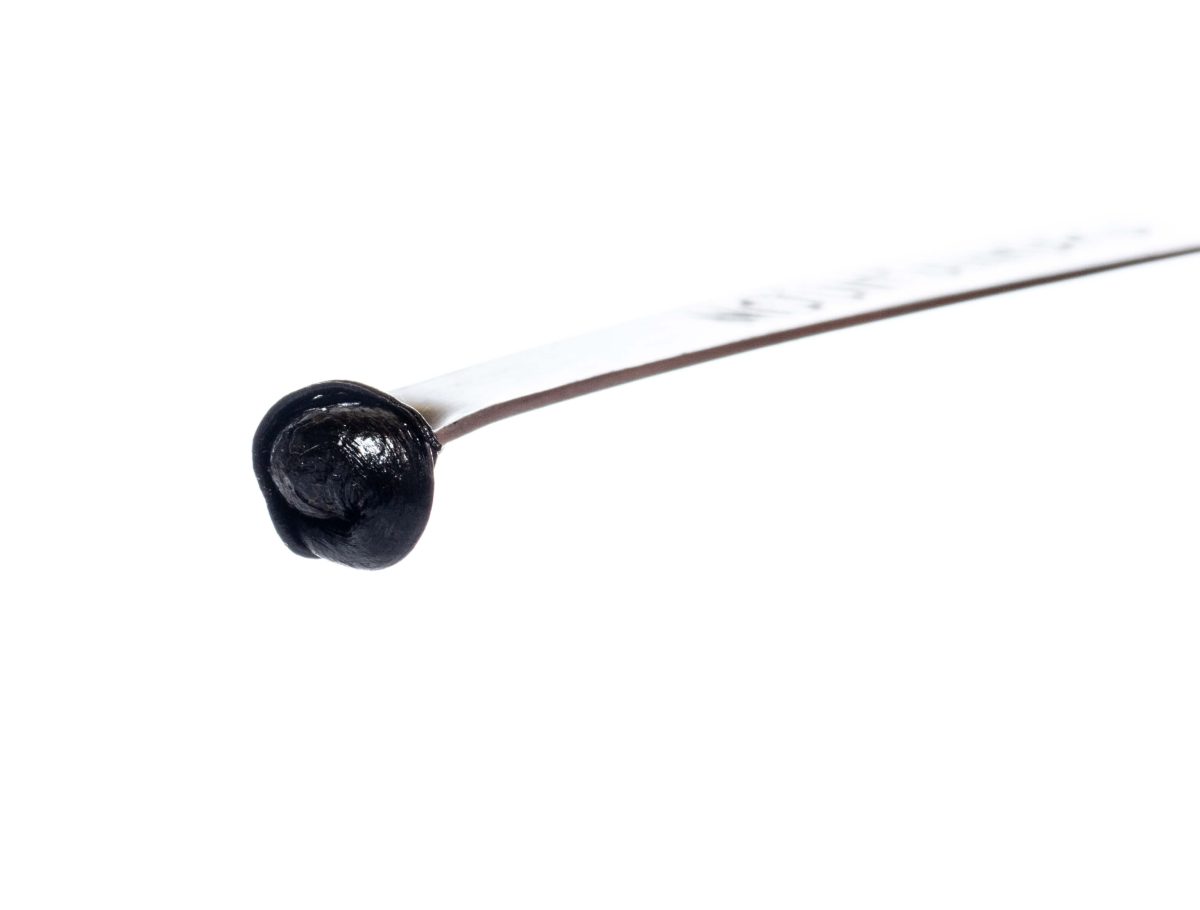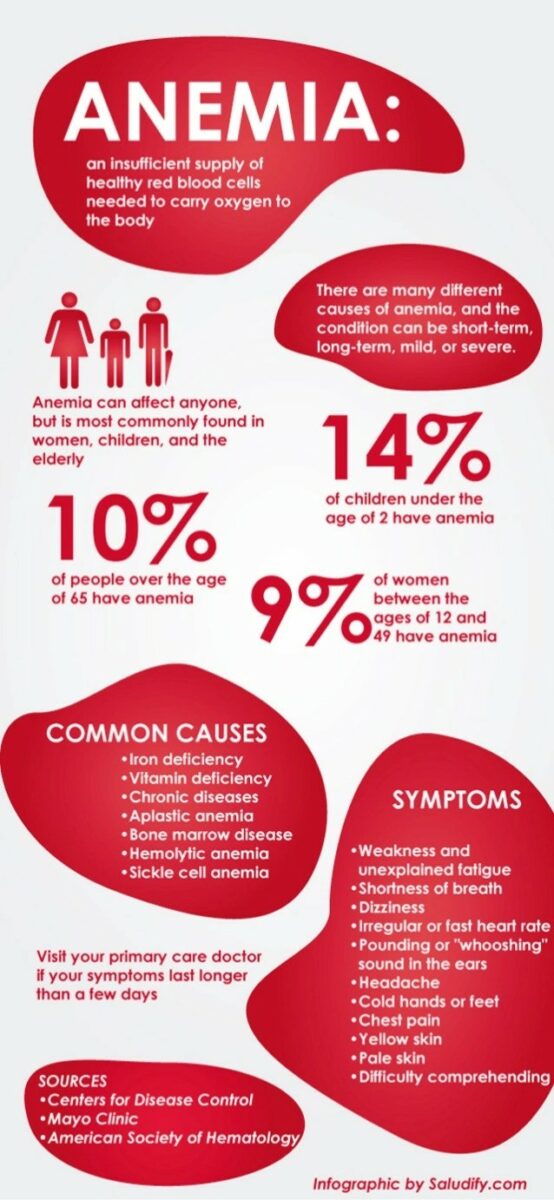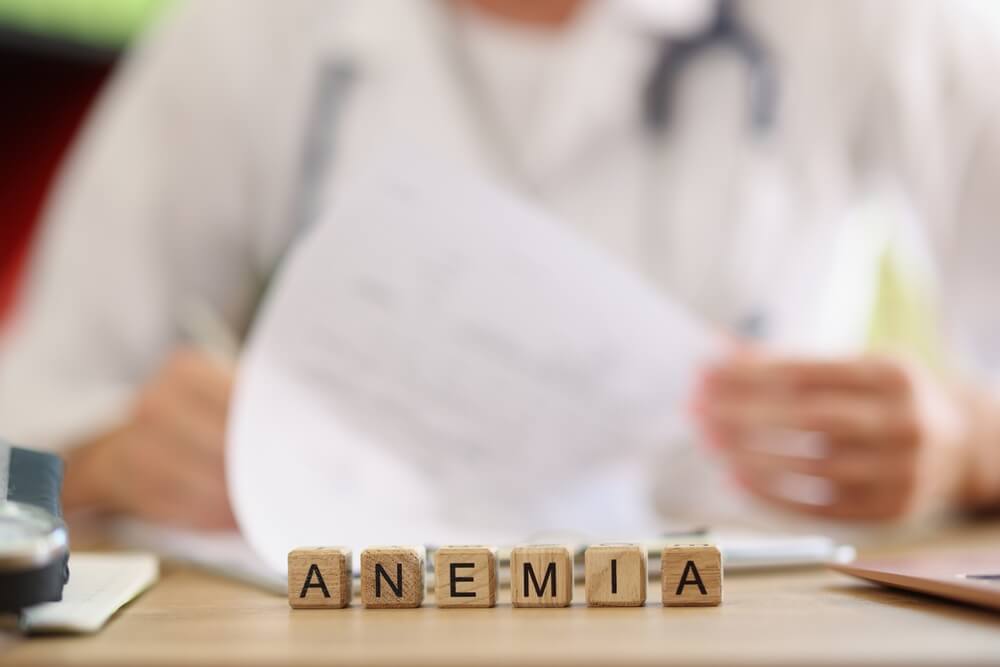
Treating Anemia With Shilajit
Share
Welcome to a journey into the heart of ancient wellness practices, where we uncover the secrets of Shilajit, a remarkable natural substance revered for thousands of years. Harvested from the unspoiled heights of the majestic Himalayan Mountains and the mystical Himalayas, Shilajit is more than just a resin; it’s a gateway to a rich history of traditional medicine and a beacon of hope for modern health challenges.
Imagine a substance so powerful and versatile that it earned the name “destroyer of diseases” through the ages. Shilajit, with its dark, resin-like appearance, is no ordinary supplement. It’s a complex blend of minerals, fulvic acid, and over 84 different nutrients, making it a potent ally in the fight against various ailments. Its journey from the high mountain crevices to becoming a cherished component of Ayurvedic medicine is a testament to its unparalleled benefits.

In this blog, we’re not just revisiting Shilajit’s storied past; we’re diving into its potential to address a modern-day concern—Anemia. This condition, characterized by a lack of healthy red blood cells, affects millions worldwide, leaving them fatigued and weakening their overall health. But what if the ancient wisdom of Shilajit could offer a new perspective on managing anemia?
Whether you’re a long-time advocate of natural remedies or new to the concept, this blog aims to enlighten, inspire, and bring a piece of ancient wisdom into the context of contemporary health challenges.
Demystifying Anemia: A Closer Look
Anemia might sound like a complex medical term, but at its core, it’s a condition that affects the very essence of our energy and vitality. Imagine your body as a vast network of cities, with red blood cells as the delivery trucks carrying oxygen—the fuel— to every corner. Now, what happens when there aren’t enough trucks or if the fuel is running low? The cities (your body’s tissues and organs) don’t operate at their best, leading to feelings of tiredness and weakness that are all too common with anemia.
Understanding the Basics
In simple terms, anemia occurs when you don’t have enough healthy red blood cells to carry adequate oxygen to your body’s tissues. It’s like having a fleet of trucks that are too few or not fully loaded, making it hard to keep everything running smoothly. This deficiency can make you feel as if you’re running on empty, even if you’re not exerting yourself.
Anemia isn’t a one-size-fits-all condition. It comes in various forms, each with its own story of why the body’s oxygen delivery system isn’t up to par. Some people might experience anemia due to a lack of iron in their diet—a key ingredient for making those red blood cell “trucks.” Others might have anemia because of vitamin deficiencies, chronic diseases, or genetic conditions. It’s a bit like troubleshooting a complex machine: the first step is identifying the specific glitch.
Spotting the Signs
How do you know if anemia is knocking at your door? The symptoms can be as subtle as feeling a bit more tired than usual or finding yourself short of breath after climbing a flight of stairs. Some might notice their skin looking paler or experience unusual cravings for non-food items—a condition known as pica. Because anemia’s whispers can easily be drowned out by the noise of daily life, it’s crucial to listen closely to your body and seek medical advice if you suspect something’s amiss.
It’s tempting to brush off mild symptoms and chalk them up to a busy lifestyle, but anemia deserves a closer look. A healthcare professional can run simple tests to confirm whether anemia is the underlying cause of your fatigue and help pinpoint the specific type you’re dealing with. This step is vital because treating anemia isn’t just about addressing the symptoms—it’s about getting to the root of the problem and finding the right solution.
Shilajit’s Ancient Wisdom: Unveiling Its Potential For Anemia
As we navigate through the realms of natural remedies and ancient medicine, Shilajit stands out as a beacon of hope and healing. This miraculous substance, hailing from the serene Altai and the mystical Himalayas, carries within it the essence of the earth’s pristine wilderness. But what makes Shilajit a subject of intrigue in our modern quest to combat anemia?
A Treasure Trove of Nutrients
Shilajit is not just another supplement; it’s a symphony of over 84 minerals, including fulvic acid, that harmonizes perfectly with our body’s needs. Among this rich array of nutrients lies iron, a key player in the battle against anemia. With approximately 503 mg of iron per kilogram of Shilajit, it presents itself as a noteworthy source of this crucial element. While the amount of iron provided by the daily recommended dose of Shilajit (0.6g) might seem modest at about 0.302 mg, it’s the broader nutritional canvas that Shilajit paints which intrigues health enthusiasts and experts alike.
Iron’s role in our body is pivotal; it’s the core of hemoglobin, the protein in red blood cells responsible for transporting oxygen from our lungs to the rest of our body. When iron levels fall, so does our vitality, leading to anemia’s hallmark symptoms of fatigue and weakness. While Shilajit’s iron contribution per dose may not cover the entire daily requirement, it’s the form of iron contained in Shilajit—highly bioavailable and in synergy with other nutrients—that may enhance its absorption and utilization.

The true magic of Shilajit lies in its holistic approach to health. The presence of fulvic acid—a natural compound known for its ability to enhance mineral absorption—means that the iron could be more readily absorbed by the body. This synergistic effect, coupled with a balanced diet, could help in gently boosting iron levels and addressing the underlying nutritional deficiencies that often contribute to anemia.
Shilajit’s potential in treating anemia extends beyond its iron content. Its holistic blend of minerals and compounds can support various bodily functions, from improving energy levels to enhancing immune response. This makes Shilajit a unique supplement not just for those looking to increase their iron intake, but for anyone seeking to enrich their overall well-being.
Unpacking The Research: Shilajit’s Role In Anemia Treatment
The journey from ancient remedy to modern-day supplement often requires crossing the bridge of scientific scrutiny. Shilajit, despite its long history of use, is no exception. Recent studies, including notable research conducted by the Department of Pharmaceutical Chemistry at Sri K.V College of Pharmacy, have begun to shed light on its potential benefits for treating anemia. Let’s delve into this study and its implications for those seeking natural ways to manage anemia.
A Closer Look at the Study
The study aimed to evaluate the anti-anemic activity of Shilajit on laboratory rats, providing a controlled environment to assess its efficacy. The research setup was straightforward yet insightful:
The Participants: Three groups of six rats each were meticulously selected for the study, ensuring a diverse representation of subjects.
The Method: While one group was kept on a normal diet, the other two were fed an iron-deficient diet to induce anemia, mimicking the condition in humans. After a preparatory period, Shilajit was administered to one of the iron-deficient groups to observe its impact on anemia.
The Findings: Blood samples collected at the study’s conclusion revealed a significant piece of the puzzle. Shilajit administration led to noticeable improvements in hematological parameters—essentially, the blood’s ability to carry oxygen improved, mimicking the effects of increased iron levels and healthier red blood cell function.
The study’s outcomes suggest that Shilajit, with its rich iron content and unique blend of minerals, could play a role in mitigating iron deficiency anemia. By potentially increasing hemoglobin levels, Shilajit helps address the oxygen transportation issue at the heart of anemia. It’s a promising indication that Shilajit can be more than just a supplement; it could be a gentle yet effective ally against anemia.
Beyond the Laboratory
While the study provides valuable insights, it’s essential to remember that laboratory results in rats don’t always translate directly to humans. However, these findings lay a solid foundation for further exploration and open the door for extended research involving human participants. The anecdotal evidence from centuries of traditional use, combined with these preliminary scientific results, makes a compelling case for Shilajit’s potential benefits.
As we embrace the possibilities that Shilajit offers, it’s crucial to approach its use with informed caution. The study underscores the importance of dosage and the need for further research to fully understand its effects.
Wrapping Up: Shilajit’s Promise For Anemia
Our journey through the ancient landscapes to uncover the secrets of Shilajit offers a glimpse into its potential for anemia management. This natural marvel, enriched with iron and other vital nutrients, stands as a testament to the enduring wisdom of traditional remedies and their place in contemporary health discussions.
Incorporating Shilajit into our health regimen calls for a balanced approach, blending respect for its historical roots with the pragmatism of modern science. As we navigate this path, it’s essential to consult healthcare professionals, ensuring that Shilajit complements our individual health profiles and needs.
Looking Ahead
The narrative of Shilajit is evolving, driven by both anecdotal success stories and the promise of ongoing research. As we continue to explore its benefits, let’s stay informed and open to discovering how ancient remedies can inform modern health practices.


